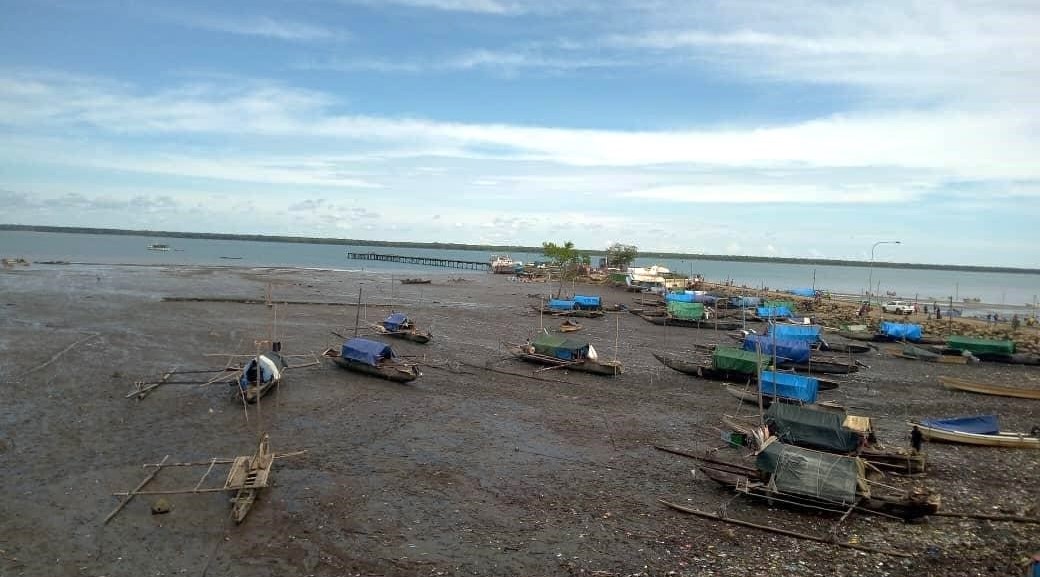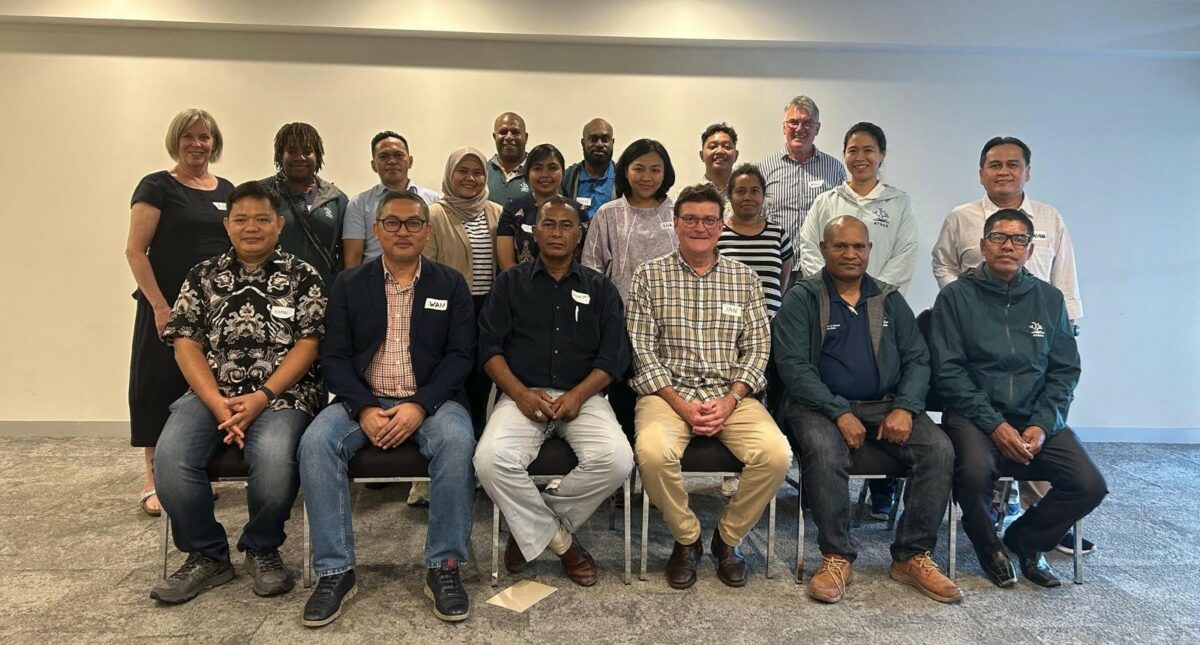The Fore Coast of South Fly district, located in Western Province, Papua New Guinea, is a remote area that is heavily dependent on fisheries and marine resources. The people here rely mainly on traditional practices in the management of marine resources. However, the pressures of a growing population and the increasingly commonplace use of modern fishing gear highlight the need for contemporary fisheries management approaches.
Fishers in the Fore Coast have observed a decline, both in the number of fish they can catch and the size of the animals that remain; this signals a clear need for external support to enhance the management of fisheries resources. In response, the National Fisheries Authority (NFA) plays a crucial role, focusing on nationally managed fisheries for resources such as sea cucumber, mud crab, prawns, lobsters and sharks. Working collaboratively with communities and local stakeholders, the NFA conducts resource surveys and monitoring to ensure compliance with fisheries management plans.

Recognising the need for capacity building, the ATSEA-2 Project provides a catalyst for positive change. Through targeted initiatives encompassing training, awareness programs and regional exchange visits, fisheries managers in the Fore Coast are being equipped with the skills and knowledge needed for effective community-based fisheries management. The significance of this capacity building is underscored by the participation of key individuals in events, such as a climate change adaptation training session in Bali, in 2022; and a regional exchange workshop on rights-based fisheries management in Darwin, Australia, held in 2023.
Fisheries officers who participated in these regional training sessions have since become more actively engaged in community outreach, educating locals in Fore Coast about climate change, fisheries management and the conservation of endangered, threatened and protected (ETP) species. The ripple effect of these initiatives is evident in the initial feedback, which indicates heightened awareness among communities regarding the consequences of overfishing and a greater willingness to proactively address these challenges.

held in Darwin, Australia
Together, the NFA and the ATSEA-2 Project complement the work being done by local authorities, by focusing on community-based approaches to fisheries management. The implementation of the Fore Coast Artisanal Fisheries Management Plan, scheduled for the first quarter of 2024, is a significant step forward in this regard; supported by relevant laws, it will undergo a process of socialisation through additional training programs.
Post-implementation, a comprehensive monitoring and evaluation process for the ATSEA-2 Project will commence. This assessment will gauge the impact of capacity-building efforts and the implementation of the management plan within the local fisheries ecosystem.
In conclusion, the collaborative efforts of the NFA, local authorities and the ATSEA-2 Project signify a positive shift toward sustainable fisheries management in the Fore Coast. The ongoing initiatives, coupled with community engagement and capacity building, hold promise for the revitalisation of marine resources and the conservation of this unique ecosystem in the ATS region.
By Joe Kiningi and Kenneth Yhuanje


